
|
Hawaiʻi Volcanoes National Park Harbors a Plant ParadiseAlong the wind-scoured coastal plain, the lone tendrils of an ʻae fern peer from cracks in endless flows of hardened lava. At the park’s mid-elevation, blazing blooms of ʻōhiʻa trees and towering fronds of giant hāpu’u, a tree fern, rise amid a tangle of misty rain forest. Miles above, the distinctive rosette of the endangered Mauna Loa silversword clings to an alpine ledge. Evolving over 70 million years ago in nearly complete isolation, more than 90% of the state’s native flora are found only in the Hawaiian Islands. Today, the national park harbors the descendents of those first colonizers—numerous evolutionary marvels such as mintless mints and nettleless nettles—plants adapted to life without plant-eating mammals. These are just a few of the amazing diversity of plants living within the park. Sadly, Hawai’i faces an ecological crisis. Plants that have survived for millennia now face tremendous threats from alien invasive plants and wildlife species, creating great challenges for resource managers. Within Hawai’i Volcanoes National Park are 23 species of endangered vascular plants including 15 species of endangered trees. The race to recover the park’s native landscapes and endangered plants is a major commitment of the Resources Management Division. The removal of alien ungulates such as mouflon sheep, removal of the most displacing invasive plants, and the planting of endangered and native plants are all priorities. 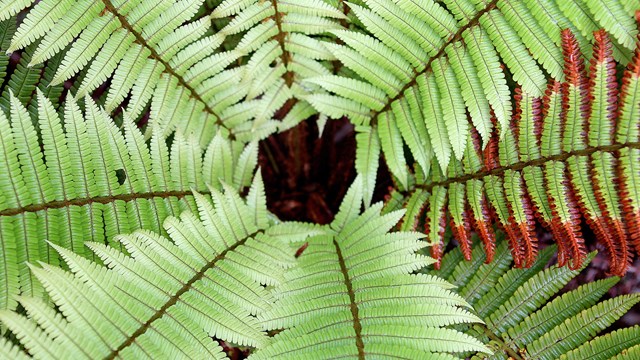
Ferns
Icons of the Hawaiian rainforest 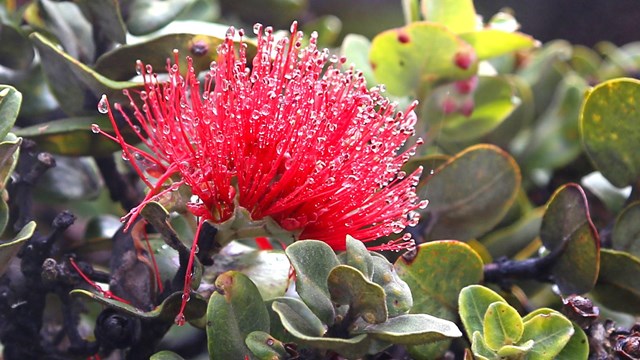
Trees
Keystones of native ecosystems and culture 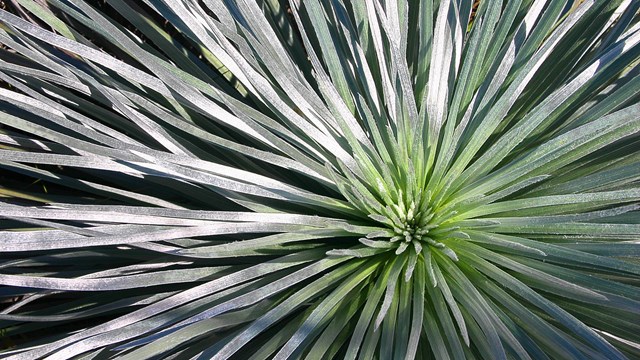
Shrubs & Bushes
Unique shrubs, bushes, and other ground plants 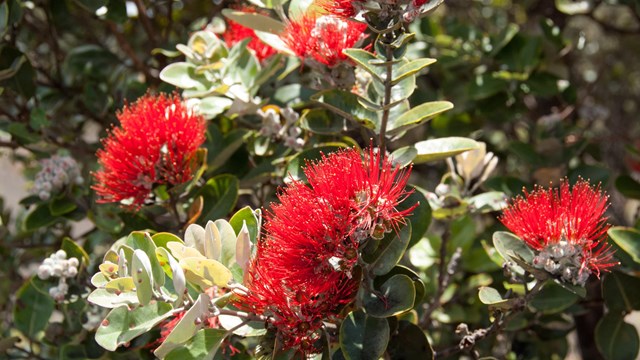
Rapid ‘Ōhi‘a Death
Please help prevent the spread of this terrible disease 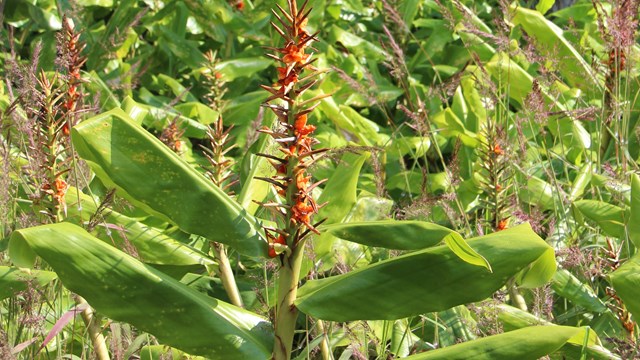
Invasive Plants
An array of invasive plants threaten the survival of native species
Visit our keyboard shortcuts docs for details
Commensalism, or literally, "eating at the same table," is a relationship whereby one species benefits while the other neither benefits nor is harmed. Species ListsSelect a Park:Select a Species Category (optional):
Search results will be displayed here.
|
Last updated: October 19, 2024
